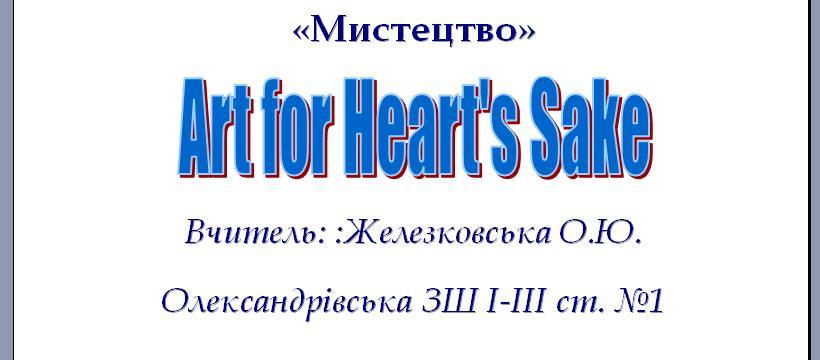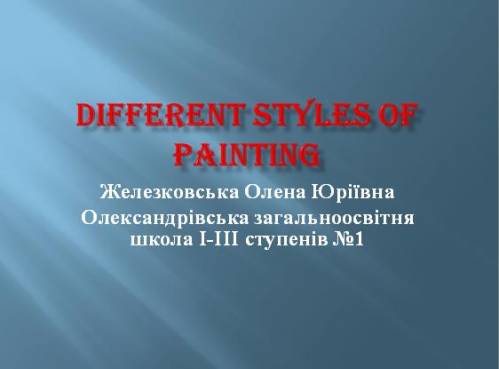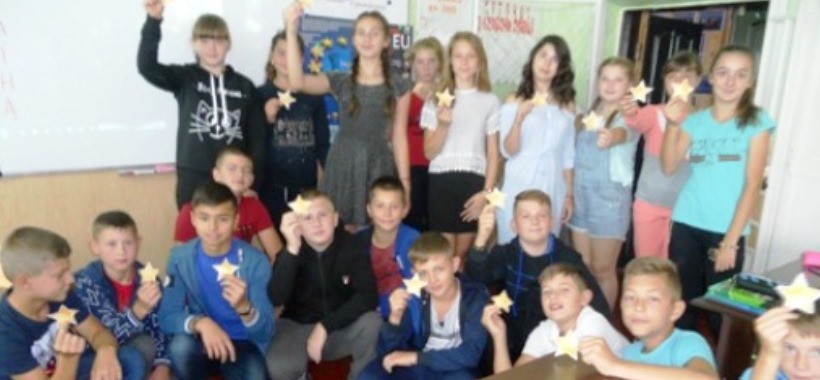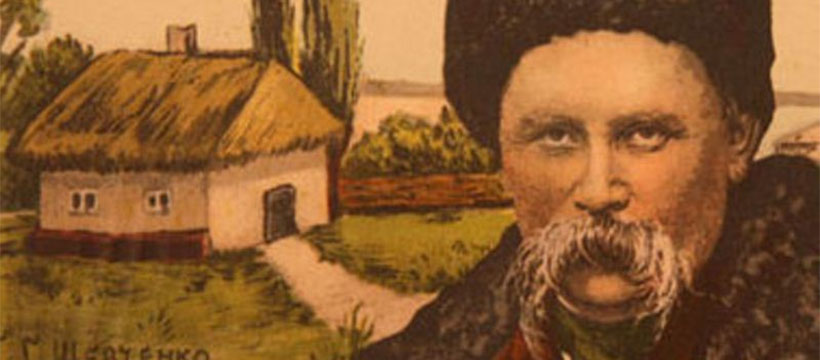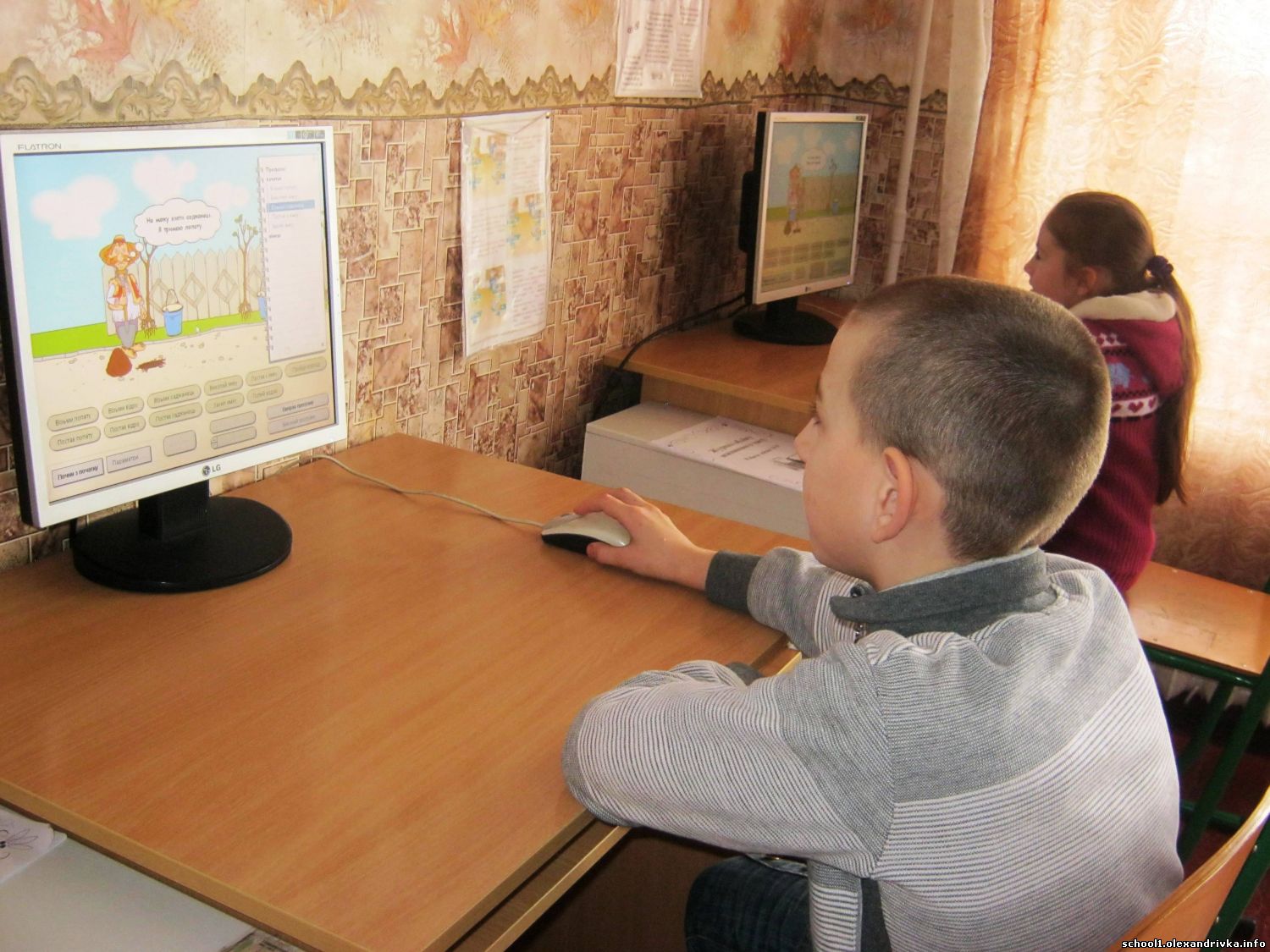Система уроків
Lesson 1
Topic: Art is Power
Type of the Lesson: combined
Objectives:
Practical: to present and practise expressions, to practise intensive reading, different genres and techniques; to practise listening for specific information;
Educational: to enlarge students’ knowledge about different genres and techniques in painting;
Developing: to develop students’ creative skills; to bring up students to love art.
Equipment: a textbook form 10-th Kalinina L.V., Samoiliukevych I.V., interactive board, handouts, a computer presentation, Internet.
Lesson structure
I. Introduction to the Lesson.
1. Greeting and Aim.
T: Look on the whiteboard and tell me what can you see there? (There are pictures of the famous artists). What is the topic of our lesson? (Students’ answers).
T: Yes, you are quite right. The topic of our lesson is “Art is Power”.
1. Warm up.
a) Make up an acrostic:
A
R
T
b) Pre-test and Engage Yourself: p.192
1. Do you know much about different art styles and can you recognize them?
Yes __ No__
2. Can you describe your favourite painting and speak about its artist?
Yes __ No__
3. Have you ever visited a picture gallery or a museum of Fine Arts?
Yes __ No__
4. Can you emphasize important points in art?
Yes __ No__
T: Welcome to more of it!
II. The Main Part of the Lesson.
a. Vocabulary p.192
a) T: Look through the words and find the meanings of them in your dictionaries.
Academic English
trend of art
to merge together
canvas
to be depicted in
transparent colours
sketch book
artistic phenomenon
easel painting
murals
art critic
art admirer
to develop a style of painting
art movement
Conversational English
…from the distance
to give way for feelings
to emphasize something
to give birth to something
discrepancies
skeetchy
to follow feelings and emotions
to stick to something
to be rich in something
to interept something
to reject something
In this connection …
In all likelihood…
art styles
b) T: Make up 2-3 sentences with these expressions and write them into your copybooks.
c) T: Now read your sentences.
b. Speaking Ex.I, p.193
a) T: Look at these works of art and say what you think of them and look at the presentation of different styles of painting on the interactive board.( Look the presentation #1).
(Presentation #2)
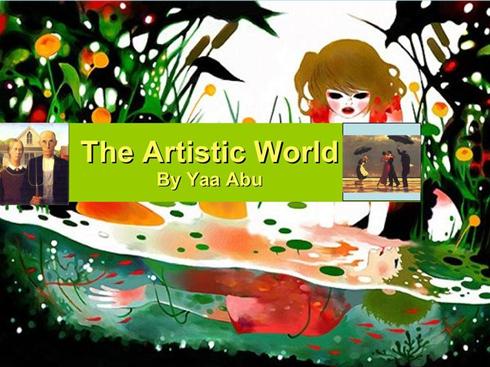
(Pupils’ answers)
P1: The Mona Lisa is the "most famous" in the world's eyes. I think that the Mona Lisa is slightly overrated (that's just my opinion).
P2: Famous like in having a widespread reputation? Or meaning first-rate, excellent? In the first meaning, yes indeed, it probably is the Mona Lisa. But sadly it doesn't evoke emotions as some other paintings do. It all seems to turn around that one question: "Why does she smile in that way?"
P3: The main features of the Cubism are: The use of elementary geometrical forms. So Sonia Delaunay, a cubist painter knows how to appreciate colour relationships, the influence of one colour on another, their contrasts and dissonances, is promised and infinitely diverse imagery.
P4: Why do people like Wassily Kandinsky's art? Mostly because it entertains them. Also, in school it takes less thought and more creativity, so more people choose it over math, science English etc.
b) T: Now children read what great people said about art and practise sentence stress. Develop the idea of one of the quotes. Ex.II-III, p.193-194.
“When `one `loves `one’s art, no `service `seems `too hard.” (Oscar Wild)
“We `all `know that `art is `not truth. `Art is a `lie that `makes us `realise truth, at least the `truth that is `given us to understand.” (Pablo Picasso)
“Art is all but ‘imitation of nature.” (Seneca)
“’Art for ‘art’s sake.” (Howard Dietz)
c. Grammar Revision
a) p.194-196 Indirect Speech
T: If you want to report what a speaker said without using the exact words, use indirect speech.
b) p.196-197 Reporting Words
T: To summarize what someone said, use reporting words with the following structures.
c) P.197 Activising Grammar material in exercices a), b), a), p.197-198 (Students are devided into 3 groups and every group does one of the exercises. After that one of the students from each group reads the right variant of the exercises).
d. Relaxation.
T: Now, children listen to one joke and try to retell it.
(The teacher can use one of the jokes)
1. Two painters had been painting houses for over a year, and it was going too slow, and they were very frustrated. One day one of the painters came up to the other and said." You know, I’ve been thinking, we really haven't accomplished much in a year's work, and it's just going too darn slow. I have an idea. How about we thin our paint out with water, and that way it will go faster and farther. “Sounds like a good idea to me", said the other. So, they went on like this for another year or so, when one day one of the painters came to the other and said." I have been feeling very convicted about what we're doing, and I think we should repaint all the houses that we thinned out with water" "All the houses!” said the other. “Are you crazy?" Why the sudden conviction?" "Well", the painter replied. “Last night I was sleeping soundly, when all of a sudden I was awakened by this nine foot angel standing by the foot of my bed. I was so scared, I couldn't speak. But the angel, He pointed one giant finger at me and said, “Repaint you thinner, and go a thin no more."
2. An artist asked the gallery owner if there had been any interest in his paintings on display at that time. "I have good news and bad news," the owner replied. "The good news is that a gentleman enquired about your work and wondered if it would appreciate in value after your death. When I told him it would, he bought all 15 of your paintings."
"That's wonderful," the artist exclaimed. "What's the bad news?"
"The guy was your doctor..."
3. An artist had been working on a nude portrait for a long time. Every day, he was up early and worked late - bringing perfection with every stroke of his paint brush. As each day passed, he gained a better understanding of the female body and was able to really make his paintings shine.
After a month, the artist had become very weary from this non-stop effort and decided to take it easy for the day. Since his model had already shown up, he suggested they merely have a glass of wine and talk - since normally he preferred to do his painting in silence.
They talked for a few hours, getting to know each other better. Then as they were sipping their claret, the artist heard a car arriving outside. He jumped up and said, "Oh no! It's my wife! Quick, take off your clothes!"
4. A bumper sticker for artists: "My other car is a bike, too."
5. There was this world famous painter. In this prime of her career, she started losing her eyesight. Fearful that she might lose her life as a painter, she went to see the best eye surgeon in the world.
After several weeks of delicate surgery and therapy, her eyesight was restored. The painter was so grateful that she decided to show her gratitude by repainting the doctor’s office.
6. Artist Pablo Picasso surprised a burglar at work in his new chateau. The intruder got away, but Picasso told the police he could do a rough sketch of what he looked like. On the basis of his drawing, the police arrested a mother superior, the minister of finance, a washing machine, and the Eiffel tower.
How artist do it...
Artists do it by design.
Artists do it expressively.
Artists do it with creativity.
Artists do it with emotion.
Artists do it with flair.
Artists do it with longer strokes.
The teacher can use Internet with video:
6. Activising Grammar Material in exercises.
T: Open your books on page 198 and do exercise. Martha and Phil are taiking about their preeferences in art. Use the verbs in bold to report their conversation. Make up your own by anology.
2. The Conclusion of the Lesson.
1. Homework.
T: Our lesson is finishing. And your homework will be to find more informaton about impressionist style of painting and present it to youre class. You can make your presentation using Microsoft Office PowerPoint.
2. Summarizing. Marks.
T: Our lesson is over. But what have you learnt today? What was the most interesting for you? What was the most difficult? What was the easiest?
З усією системою уроків та додатковими матеріалами ви можете ознайомитися за посиланням нижче? завантаживши весь матеріал.
